August 6, 2014, was a typical Oklahoma day with temperatures in the mid-90s (90 F = 32° Celsius) and a heat index of 99. After a family day that included the movies, dinner, and frozen yogurt, Sue started feeling ill with fever and chills and overall body pain, primarily in her neck and throat. Since her symptoms hadn’t subsided, we went to the emergency room in the very early morning hours of August 8th.
On this initial visit to the ER, Sue presented with a high heart rate, low blood pressure, low urine output, slight dehydration, and rated her pain a 9 out of 10. She was tested for strep throat and when the rapid strep test came back negative, the ER doctor diagnosed her with a viral infection, said she would feel worse before she felt better, and prescribed cough syrup with codeine. We didn’t know it at the time, but Sue’s vital signs were critical red flags that she was very ill, but the doctor failed to recognize and act on them.
Throughout Friday, Sue continued to feel slightly worse and vomited for the first time. We weren’t really concerned because the ER doctor said she would feel worse, but by Saturday morning it was evident we need to go back to the ER immediately. Sue was seen almost immediately and had a blood pressure of 68/42. The second ER doctor thought Sue had urosepsis from a urinary tract infection and said she need to be transported to the ICU. When I asked him how long she would be in ICU, he said probably 3 days.
August 12, 2014, after 3 days in ICU, we said our final goodbyes, as Sue’s kidneys, lungs, and liver had failed and doctors didn’t expect her to survive the night…but they don’t know Sue. She beat septic shock, but sepsis left her a bilateral below-elbow and bilateral below-knee amputee. Less than 3 months after her amputations, Sue walked on her prosthetic legs for the first time and we went skydiving in August 2015 to celebrate her first “Alive Day”!
Jay and Sue have spoken at hospitals and healthcare systems across the U.S., including Johns Hopkins Bayview Medical Center, as they seek to raise sepsis and limb-loss awareness in the hope other families won’t have to go through what they have. For more information on their story, please visit www.suestull-sepsis.org. The whole team here at the Global Sepsis Alliance wishes them only the best and is deeply thankful for being allowed to share their very personal and touching story.
To keep similar stories from happening, please donate to the Global Sepsis Alliance / World Sepsis Day Movement or Sepsis Alliance, so we can continue our quest of educating the whole world about sepsis and its implications, saving millions of lives.












